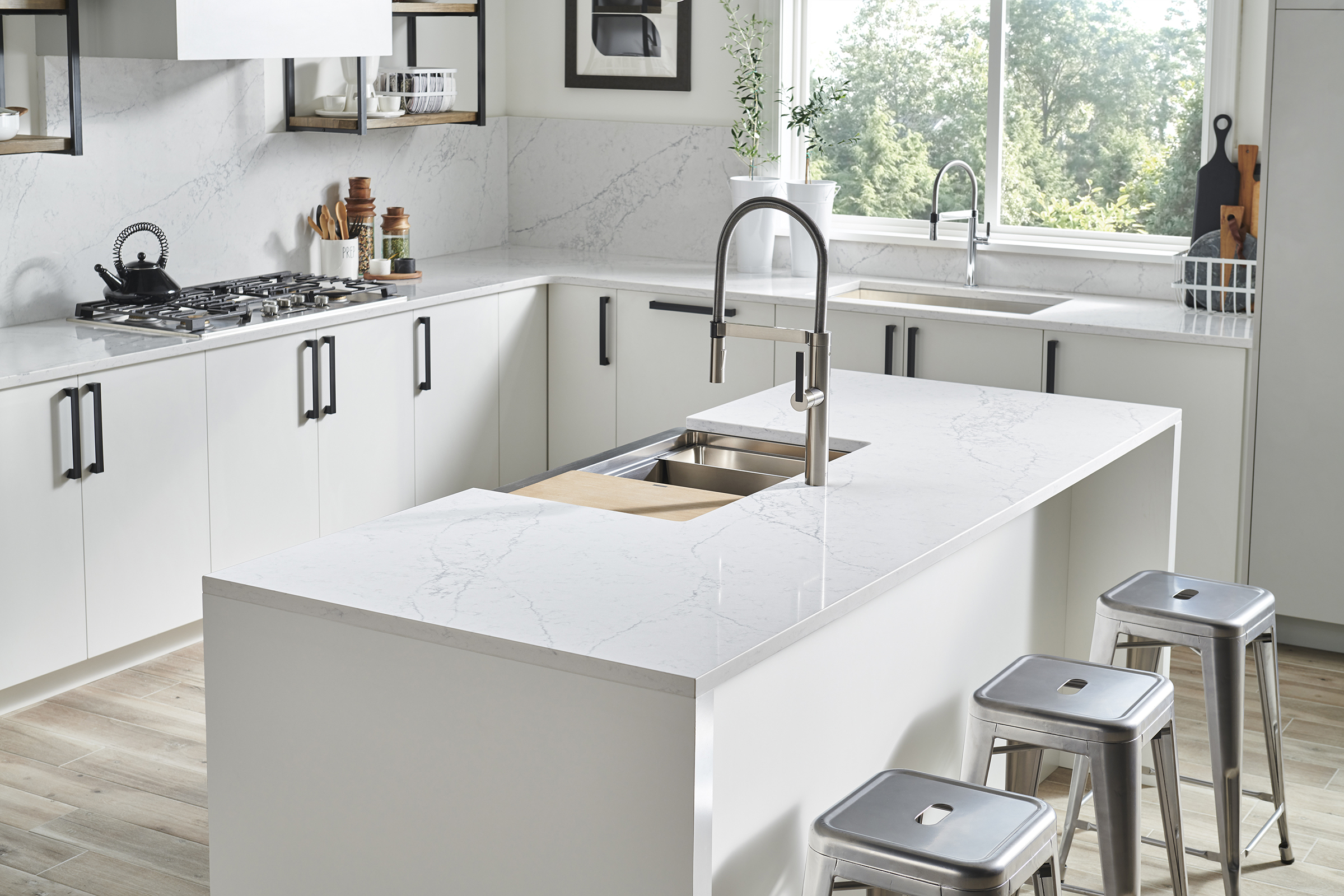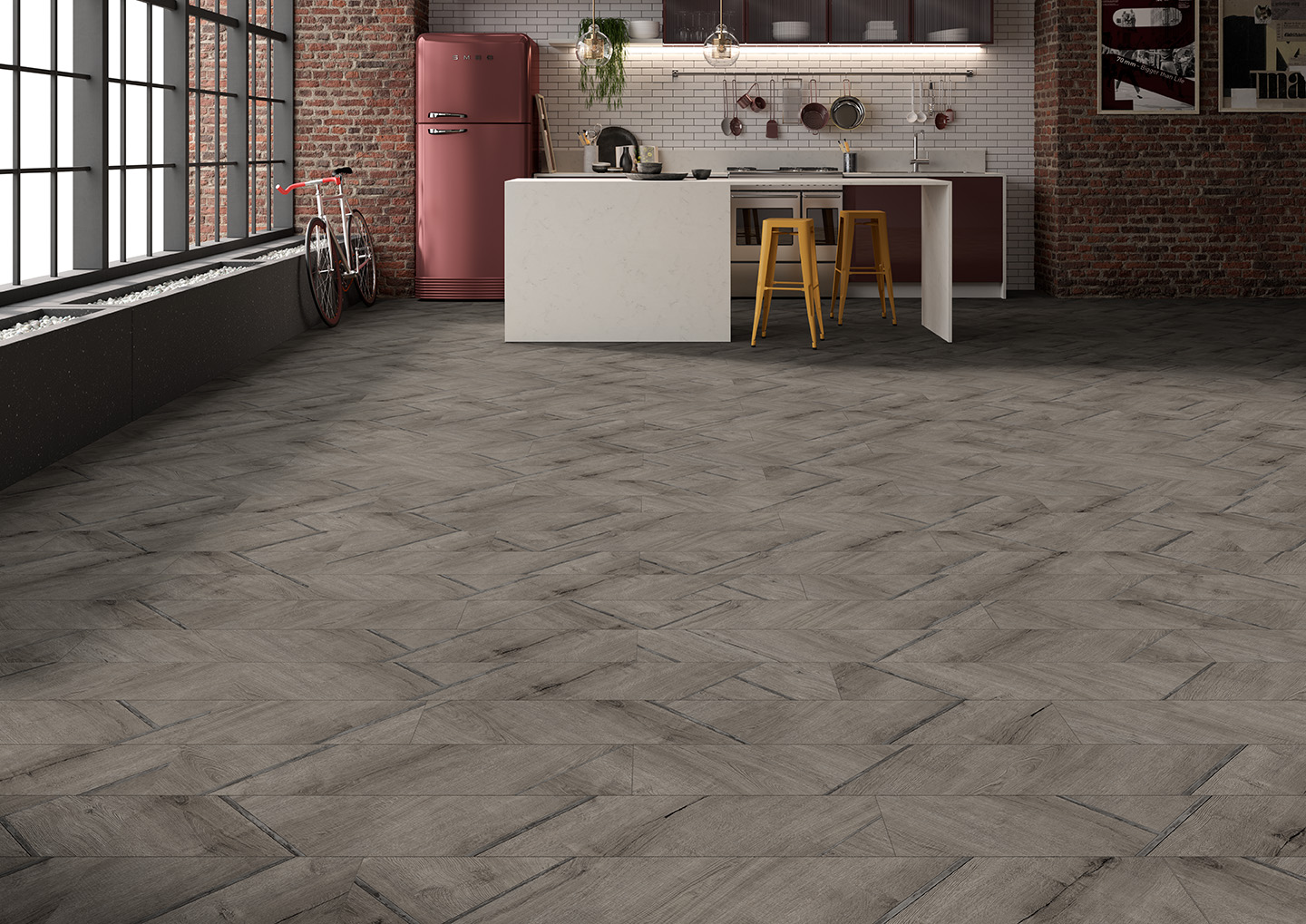Renovating your kitchen stands out as one of the finest methods to enhance your home. A fresh kitchen layout can greatly enhance both the aesthetic appeal and functionality of your residence, potentially boosting its resale value. Even minor adjustments, such as upgrading the stove, can yield substantial benefits for both your current enjoyment and the prospective buyers down the line.
Concerns about expenses and the duration of a kitchen renovation are understandable. Variables like your kitchen’s size, configuration, existing appliances, and desired enhancements all play roles in determining the budget required for the renovation. Nevertheless, kitchen upgrades often prove to be highly rewarding investments over the long haul. In this piece, we’ll delve into the average costs associated with remodeling, the factors influencing these costs, and strategies for economizing to maximize the value of your project.

Average Remodel Cost of Kitchen
Cost by Kitchen Size
The expense of your remodel hinges on not only the size of your kitchen but also your specific requirements. Typically, kitchen renovations can range from $9,000 to over $50,000 for more upscale projects. The median expenditure for a kitchen remodel typically averages around $26,000, with smaller kitchen renovations starting at approximately $30,000.
However, it’s entirely feasible to exceed or undercut these averages. For instance, aiming for a bespoke kitchen design featuring a tile backsplash, granite counters, fresh hardwood flooring, and top-tier appliances could push costs closer to $120,000.
Cost by Kitchen Area
The precise square footage of your kitchen area directly influences the overall expenditure of your remodel. Smaller kitchens necessitate fewer square feet of flooring, fewer cabinets, and possibly fewer appliances, all contributing to reduced costs.
You can gauge the cost of your kitchen remodel by juxtaposing it against the average size of kitchens elsewhere. In the United States, residences under 1,500 square feet typically boast kitchens averaging 103 square feet. Conversely, homes surpassing 4,000 square feet exhibit kitchens averaging 238 square feet. Given that larger homes tend to feature kitchens more than double the size of smaller residences, their renovation costs are generally higher.
Key factors that determine the cost of a small kitchen remodel
Various concealed factors can influence the overall expense of a kitchen remodeling endeavor. Let’s explore a few design choices to consider when budgeting for your renovation.
Materials
Opting for budget-friendly options across major material categories like flooring, cabinets, appliances, and decor can help economize your project. Generally, natural materials such as stone and wood command higher prices compared to engineered alternatives.
Labor
The labor required for removing, replacing, or installing kitchen features significantly impacts your budget. Labor costs vary by local market but typically constitute between 25 to 40 percent of the total project outlay.
Design
While some individuals opt for DIY kitchen design, especially for minimal layout changes, seeking guidance from a contractor or interior designer becomes imperative for substantial alterations to cabinet arrangements, islands, and appliances, albeit at an added project cost.
Countertops
Countertops serve as the focal point of your kitchen and can be one of the most expensive items to select. Less costly materials like laminate average around $20 per square foot, while pricier options like limestone could demand $40 per square foot. Granite countertops, known for enhancing home resale value, often captivate new homebuyers.
Backsplash
Installing a new backsplash can infuse style and visual allure into your kitchen. On average, costs range between $700-$1,000. Materials such as natural stones and glass tiles typically occupy a higher price bracket than ceramic tile. Factoring in the removal of an existing backsplash should be part of your labor and installation budget.
Flooring
Installation costs for flooring typically range from $3 to $22 per square foot. Similar to other materials, natural flooring options like stone and wood entail higher costs compared to engineered surfaces like vinyl. For a 10 ft. by 10 ft. kitchen, installing new flooring may cost between $300 for basic materials to $2,200 for higher-end alternatives.

Cabinets
New kitchen cabinets often constitute a major expense in a comprehensive remodeling project. Cabinet costs typically range from $120–$1,425 per linear foot, contingent on the materials. Stock cabinets are generally more economical, ranging from $120–$250, whereas custom cabinets average between $600–$1,400. For instance, replacing cabinets in a small galley kitchen with two rows of 10 ft. cabinets could amount to $2,400–$28,500.
Appliances
The cost of new kitchen appliances hinges on their quality and size. Appliance package prices vary from $2,100 to $5,400 for a fridge, microwave, range, and dishwasher. Single appliance costs range from $250 to $1,300, or up to $5,000 for high-end models like fridges or wall ovens.
Plumbing, Sinks, and Faucets
Installing a new sink area, including plumbing and a faucet, typically costs between $380 to $1,400. Expenses vary based on the sink design and necessary plumbing work. Opting for premium features such as state-of-the-art faucets can elevate installation costs up to $2,000.
Lighting
Although often overlooked, lighting significantly influences a kitchen’s functionality and aesthetics. Upgrading lighting can be achieved affordably; for instance, transitioning from cool to warm light bulbs can create a cozier ambiance. Professional assistance for installing lighting fixtures typically costs around $150 per fixture. Investing in recessed lighting, hanging pendant lights, or skylights may be worthwhile if lighting ranks high on your renovation priorities.
Home Value
A kitchen upgrade can indeed augment your home’s value, with many buyers willing to pay more for properties boasting high-end materials and new appliances. For smaller renovation projects, the national average return on investment stands at 81 percent, while upscale remodels yield approximately 54 percent. Desirable locales like the Pacific coast may yield an ROI closer to 90 percent.
Kitchen Layout
Surprisingly, the layout of your kitchen significantly impacts renovation costs. Galley kitchens, typically smaller and requiring fewer materials, tend to cost between $17,000 and $21,000 for a full remodel. Conversely, open-plan kitchens featuring additional features like islands or breakfast nooks incur higher costs due to additional countertops, cabinets, and furniture replacements.
Permits
Permits are typically required for demolition, plumbing, and electrical work. A standard kitchen remodel permit ranges from $500 to $1,500, contingent on project specifications.
Which is cheaper for remodeling a small kitchen: DIY vs. Professional
Generally, opting for do-it-yourself (DIY) solutions can help trim costs on your small kitchen remodel. For instance, peel-and-stick vinyl tiles offer a DIY-friendly flooring option, slashing labor expenses. Moreover, brands like Ikea furnish build-your-own alternatives for furniture pieces, from chairs to tables.
Engaging contractors typically inflates project costs. Nonetheless, certain tasks, such as wiring new electrical outlets, demand professional installation for safety, warranting the investment if it’s integral to your remodeling vision.
How to Save Costs When Remodeling a Small Kitchen
Though kitchen overhauls can strain budgets, numerous avenues exist to economize on your endeavor.
Initially, assess whether your cabinets necessitate full replacement or can be rejuvenated with a fresh coat of paint or refinishing. A new paint layer can rejuvenate outdated cabinets, imbuing them with a contemporary allure, particularly if paired with trendy hues. Alternatively, consider solely replacing cabinet facades instead of the entire box structure.
Explore cost-effective materials that align with your requirements. Vinyl and laminate flooring have evolved, offering enhanced aesthetics, affordability, and widespread acceptance among homebuyers. Visually striking vinyl planks can rival wood alternatives in appearance while costing a fraction of the price.
Lastly, exercise restraint in adding superfluous features that don’t enhance value for you or potential buyers. Consult a local real estate agent to discern market-relevant features and discern whether planned renovations merit the investment.
How do you know if your small kitchen needs remodeling?
Two primary considerations can guide the decision to remodel your small kitchen.
Firstly, assess functionality. Does your current kitchen layout, appliances, and fixtures accommodate your lifestyle? For instance, do you frequently lament inadequate cabinet space or desire scratch-resistant flooring? If existing arrangements fail to meet your needs, remodeling may be warranted.
Secondly, evaluate aesthetics. Are certain aspects of your kitchen visually displeasing or uninspiring? Will outdated design elements impede the sale of your home to contemporary buyers in your locale? If aesthetics weigh heavily and finances permit, embarking on renovations might be prudent.
Contact us
Contemplating a small kitchen remodel and its feasibility? Connect with the team at LX Hausys. We offer comprehensive consultations to aid in budgeting, material selection, and project viability assessments.

